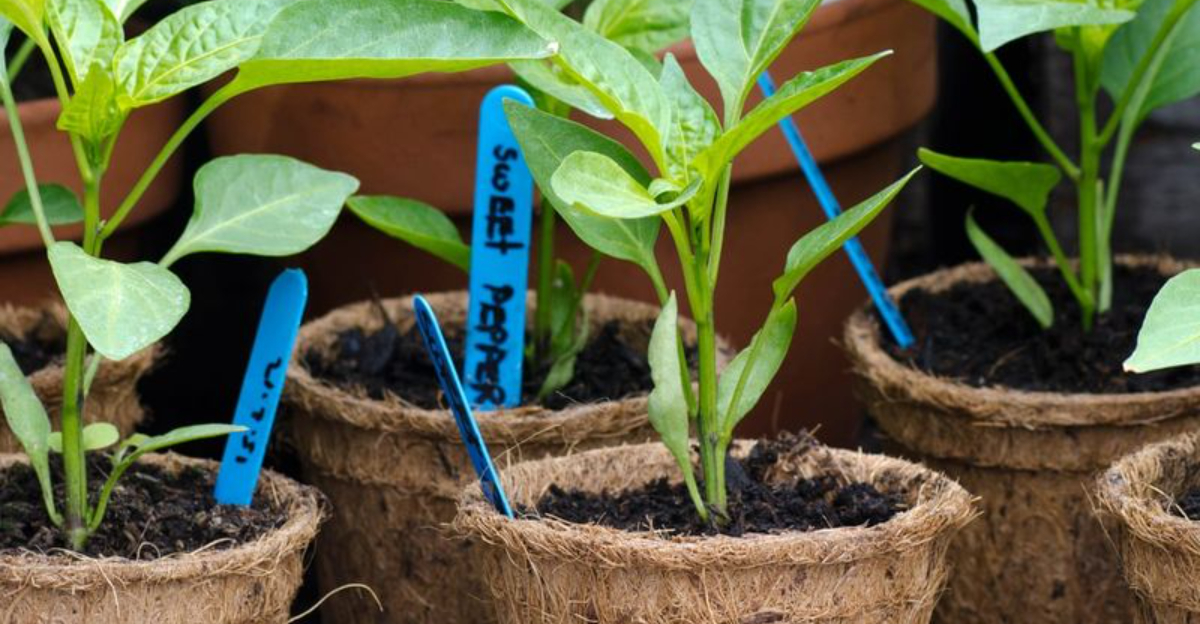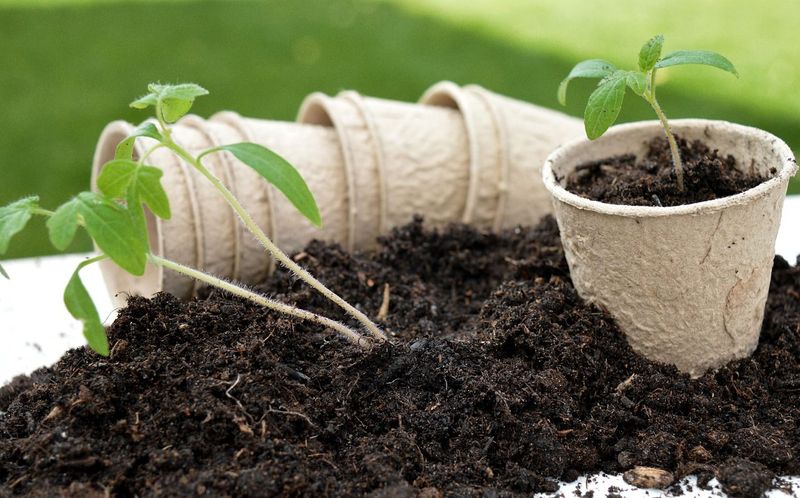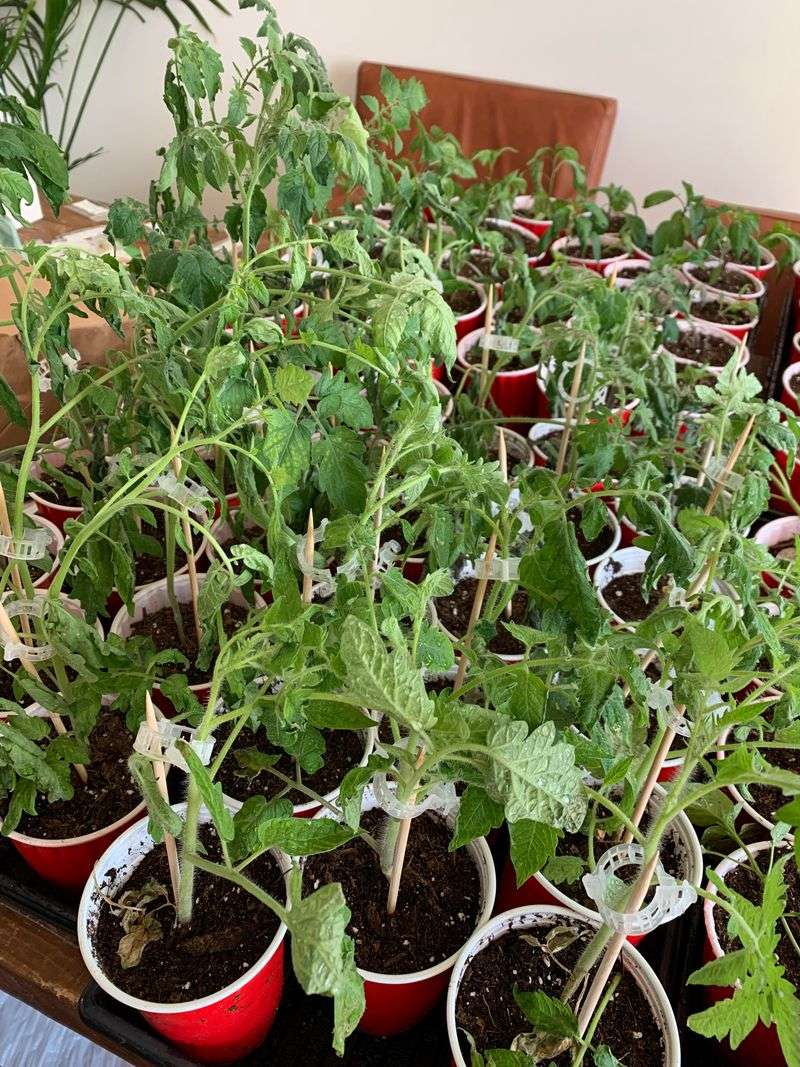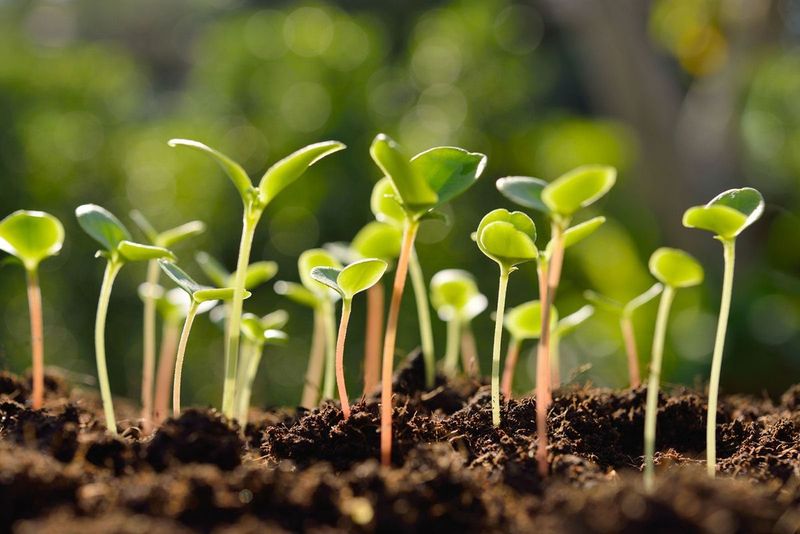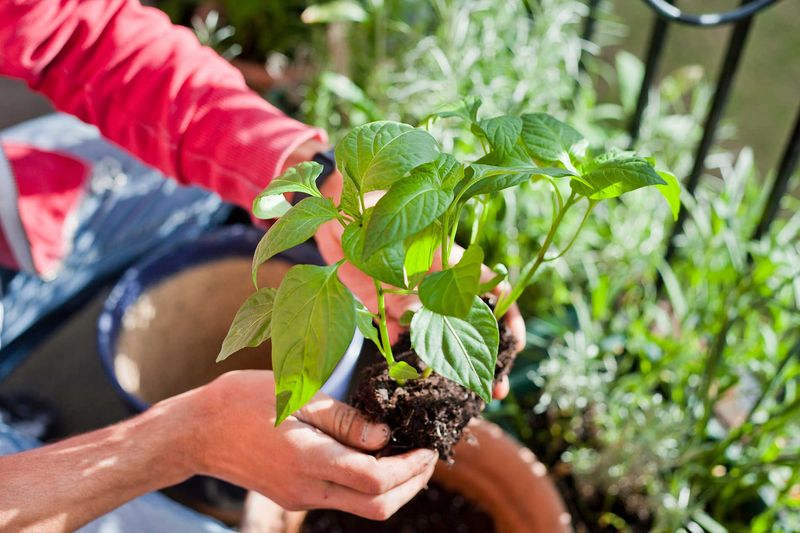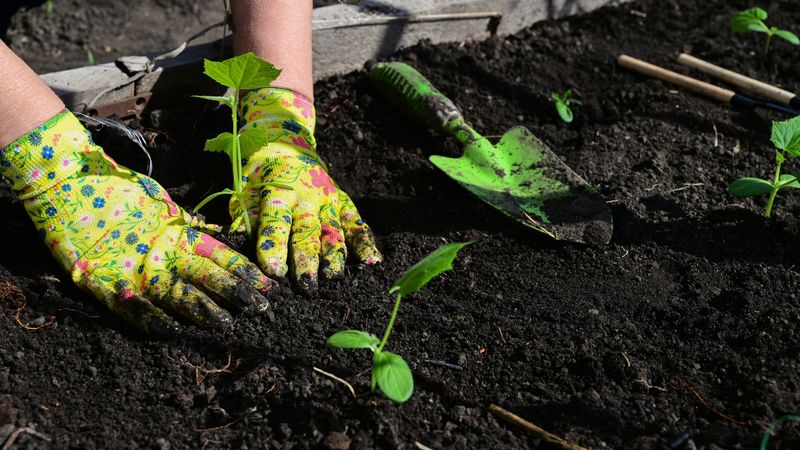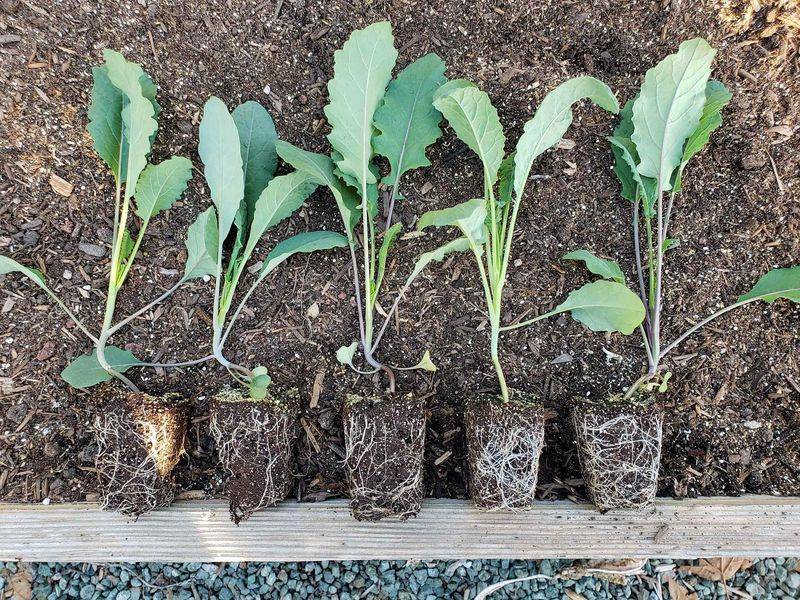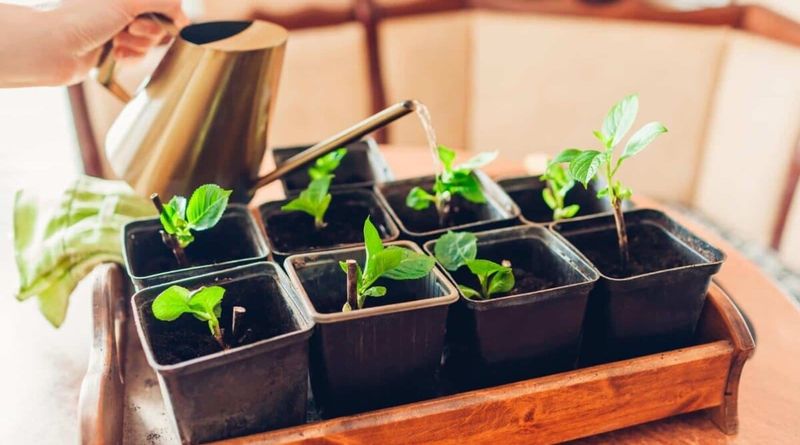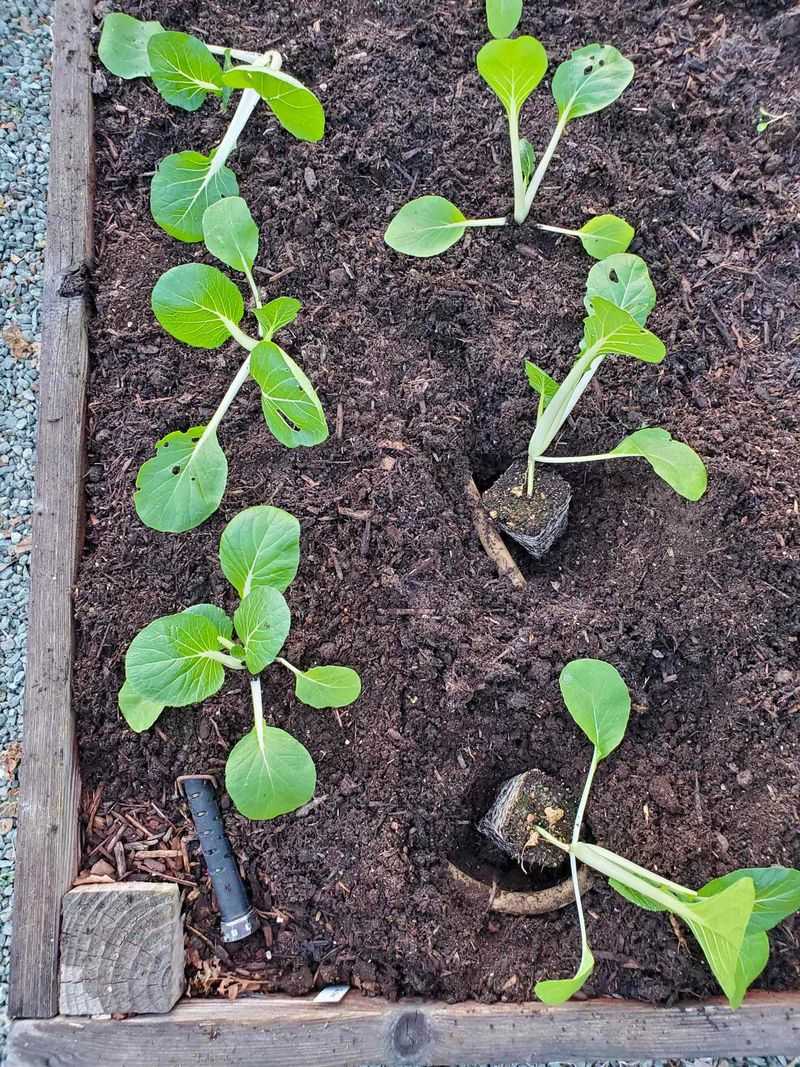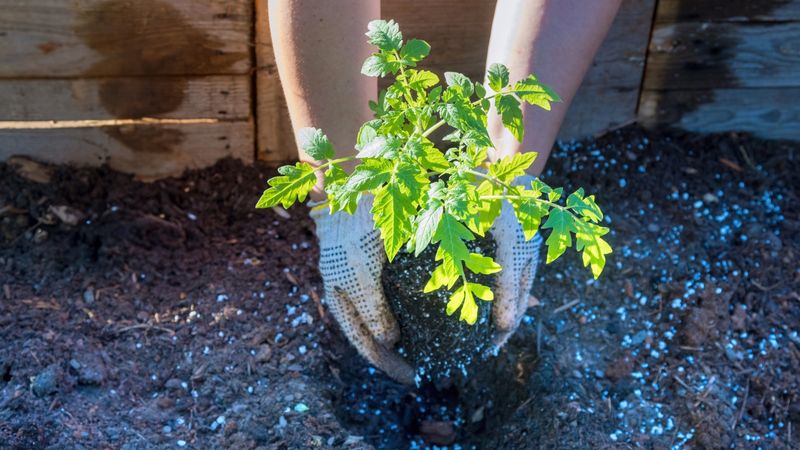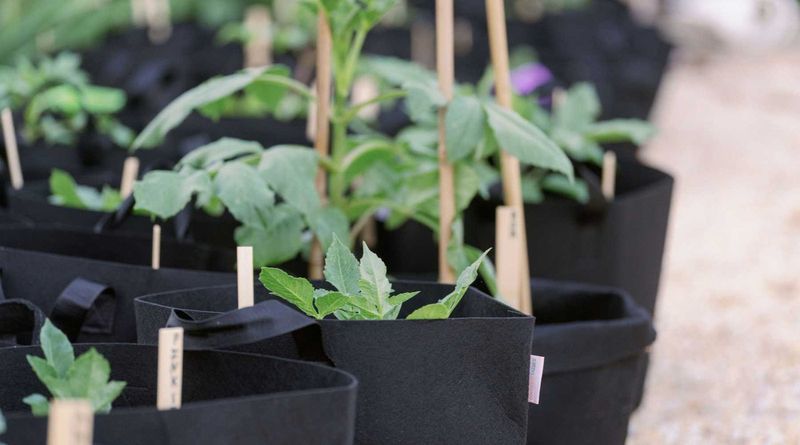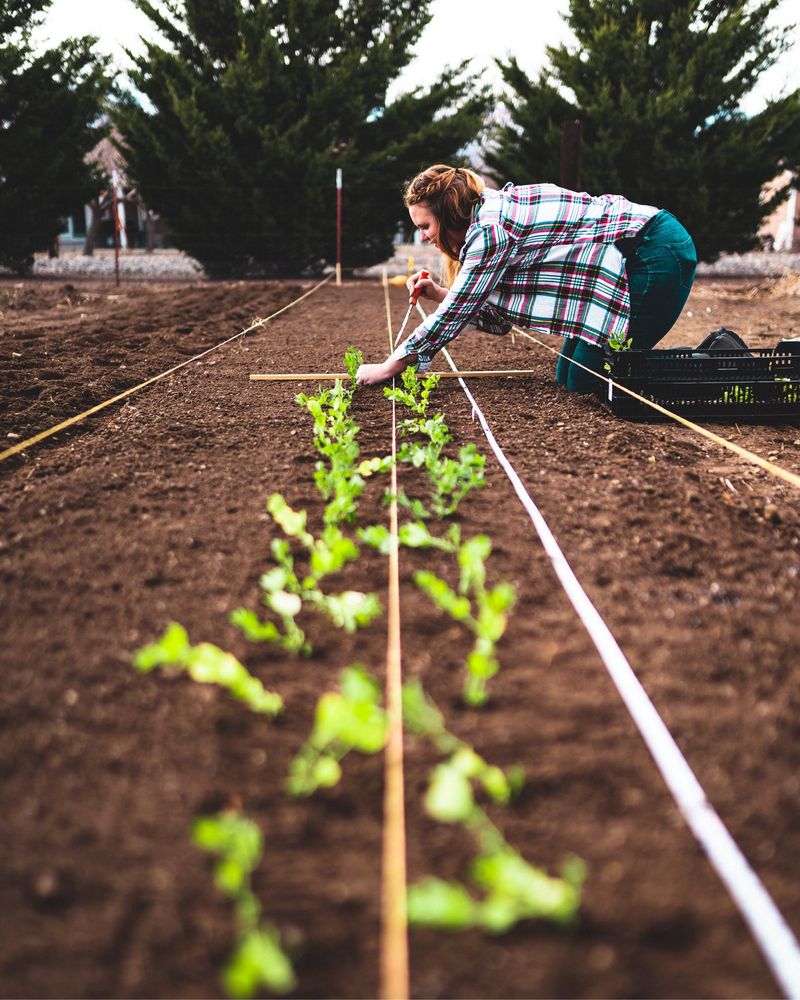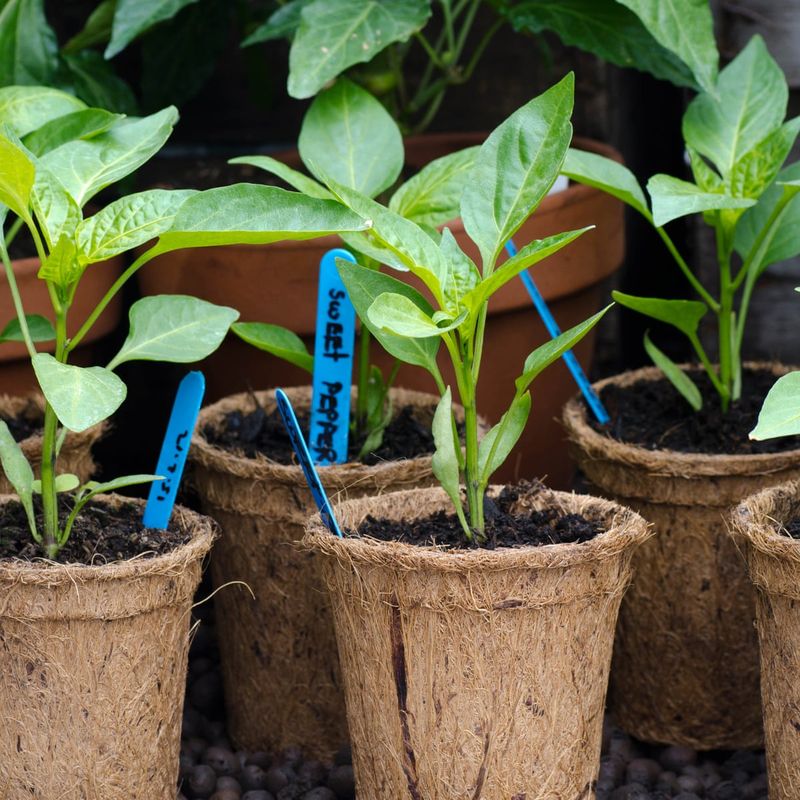Transplanting seedlings is a delicate process that requires precision and care. Even seasoned gardeners can make mistakes that hinder plant growth and lead to unsuccessful gardens.
This blog post highlights 12 common errors gardeners make when transplanting seedlings, offering solutions to help you cultivate a thriving garden.
From choosing the right time for transplantation to handling seedlings with care, we cover essential practices that ensure the healthy establishment of your plants. Read on to learn how to avoid these pitfalls and become a more effective gardener.
1. Wrong Timing
Transplanting seedlings at the wrong time can lead to stress and poor growth. Many gardeners mistakenly move their seedlings during the hottest part of the day. Instead, opt for early morning or late afternoon when temperatures are milder.
This timing allows seedlings to acclimate without the harsh midday sun. Additionally, ensure that seedlings are at the right developmental stage, usually when they have two to four true leaves.
Avoiding these common timing errors can significantly improve the survival rate of your plants, giving them a better start in their new environment.
2. Improper Hardening Off
Hardening off is crucial for acclimating seedlings to the outdoors, yet many gardeners skip this step. Gradually introduce your seedlings to outdoor conditions over a week or two.
Start by placing them in a shaded area, slowly increasing their exposure to sunlight and wind. This gradual process strengthens the seedlings, reducing transplant shock.
Skipping hardening off can result in wilting or sunburned seedlings, compromising their ability to thrive. Remember, patience in the hardening process pays off with hardier plants prepared for the elements.
3. Overcrowding
Planting seedlings too close together is a frequent mistake, leading to competition for nutrients and light. Ensure adequate spacing by following guidelines for each plant type.
Crowded seedlings can become weak and spindly as they stretch for sunlight. Additionally, overcrowding increases the risk of disease as plants have less airflow around them.
Pay attention to spacing instructions provided on seed packets or plant labels. By giving each seedling room to grow, you promote healthier, more vigorous plants that can reach their full potential.
4. Poor Soil Preparation
Proper soil preparation is fundamental to successful transplantation, yet often overlooked. Start by enriching the soil with organic matter like compost, improving its texture and fertility.
Check soil pH and adjust if necessary to suit the specific needs of your plants. Failure to prepare soil can result in inadequate nutrient availability, stunted growth, or root rot.
Well-prepared soil provides a hospitable environment for seedlings to establish their roots. By investing time in soil preparation, you increase the likelihood of a bountiful garden.
5. Mishandling Seedlings
Handling seedlings delicately is key to preventing damage during transplantation. Avoid holding them by the stems, which are easily bruised or broken. Instead, grasp seedlings by their leaves, which are more robust.
Use tools like a dibber to create planting holes, minimizing root disturbance. Mishandling can lead to broken stems or damaged roots, impeding growth.
By adopting careful handling practices, you help seedlings transition smoothly into their new home, promoting healthy development and reducing the risk of transplant shock.
6. Ignoring Root Bound Issues
Root-bound seedlings struggle to establish themselves once transplanted. Before planting, inspect the root ball for circling roots.
Gently tease them apart to encourage outward growth. Ignoring root-bound issues can lead to stunted or weak plants as roots fail to spread into the surrounding soil.
Addressing this problem ensures that roots have room to expand, drawing in necessary nutrients and water. By resolving root-bound conditions, you provide your seedlings with a strong foundation for healthy growth in their new location.
7. Watering Mistakes
Inadequate or excessive watering during transplantation can harm seedlings. Ensure soil is moist but not waterlogged. Overwatering can lead to root rot, while underwatering causes wilting.
Monitor soil moisture levels regularly, adjusting watering frequency based on weather and soil type. Use tools like a moisture meter for accuracy. Getting watering right is crucial for seedlings to establish themselves and thrive.
By maintaining consistent moisture, you enhance root health and vigor, setting your seedlings up for successful growth in their new environment.
8. Neglecting Mulching
Mulching is often neglected but offers numerous benefits for transplanted seedlings. Apply a layer of mulch around the base of plants to retain soil moisture and suppress weed growth.
Mulch acts as an insulator, keeping roots cool in summer and warm in winter. It also prevents soil erosion and compaction. Neglecting to mulch can result in fluctuating moisture levels and increased competition from weeds.
By incorporating mulching into your planting routine, you create a stable environment that supports healthy seedling growth and reduces maintenance efforts.
9. Overfertilizing
Excessive fertilization can be detrimental to seedlings, causing leaf burn or inhibiting root growth. Use fertilizers sparingly, following recommendations on labels.
Overfertilizing not only harms plants but can also contribute to nutrient runoff, affecting the broader ecosystem. Opt for slow-release fertilizers that provide a steady nutrient supply without overwhelming seedlings.
By moderating fertilization practices, you support healthy, balanced growth that allows seedlings to thrive without adverse effects.
10. Lack of Support Structures
Neglecting to provide support structures for certain seedlings can lead to bending or breakage. Tall or vining plants often need stakes or cages to grow upright.
Without support, seedlings may struggle against wind or their own weight. Install supports during transplantation to avoid disturbing roots later. Proper support ensures plants can focus energy on growth rather than self-preservation.
By setting up structures early, you protect seedlings from potential harm and promote robust, healthy development.
11. Failure to Acclimate Temperature
Seedlings are sensitive to temperature changes, and failing to acclimate them can result in shock. Use tools like cold frames to gradually introduce seedlings to outdoor temperature fluctuations. Start with short exposures, increasing time outside each day.
This method reduces shock and prepares seedlings for the full range of weather conditions. Neglecting temperature acclimation can lead to stunted growth or plant stress.
By carefully managing temperature exposure, you enhance seedlings’ resilience, preparing them for successful transplantation and long-term health.
12. Forgetting to Label Seedlings
Forgetting to label seedlings can create confusion and chaos in your garden. Clearly label each seedling with its species and variety before transplantation. This practice ensures you can track plant growth and care requirements effectively.
Without labels, you risk planting seedlings in unsuitable locations or misidentifying them later on. Labeling is a simple yet crucial step that supports organized garden management and helps you achieve the best outcomes for your plants.
By keeping track of your seedlings, you streamline care and maximize the success of your gardening efforts.
